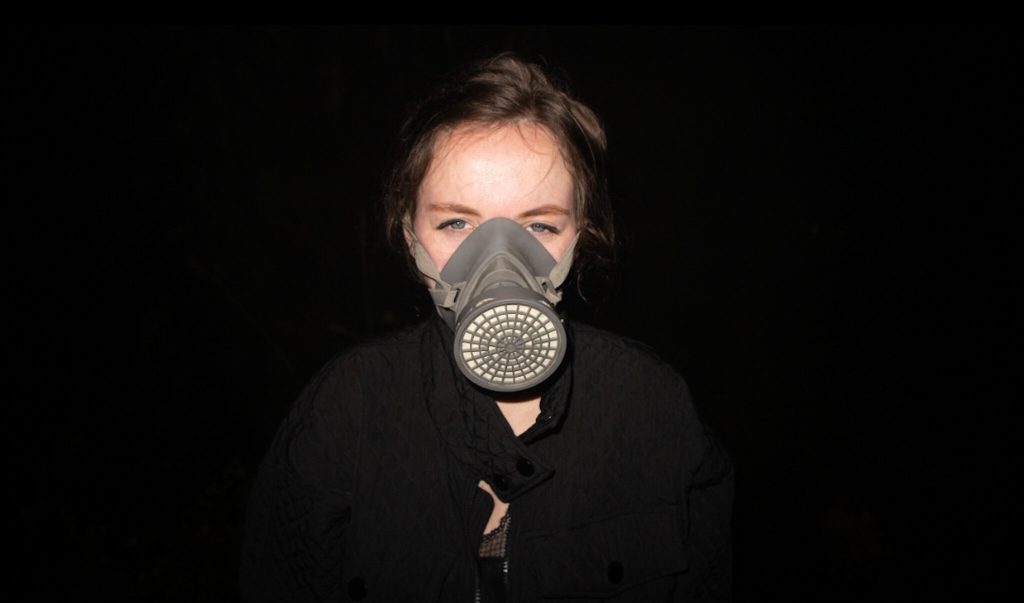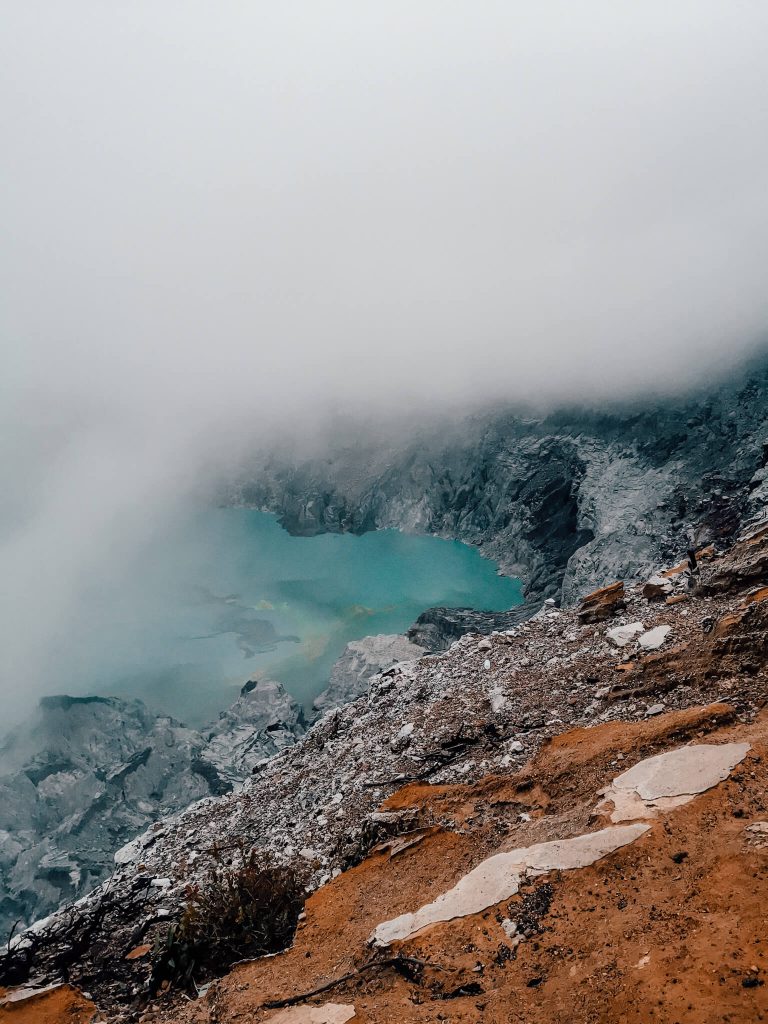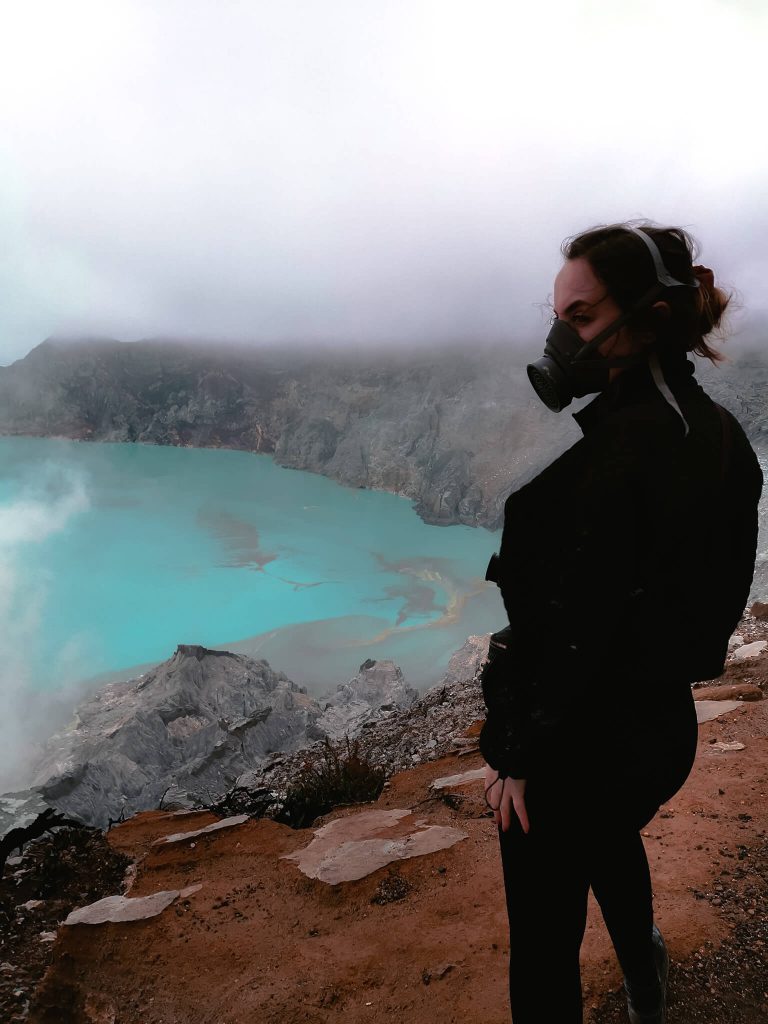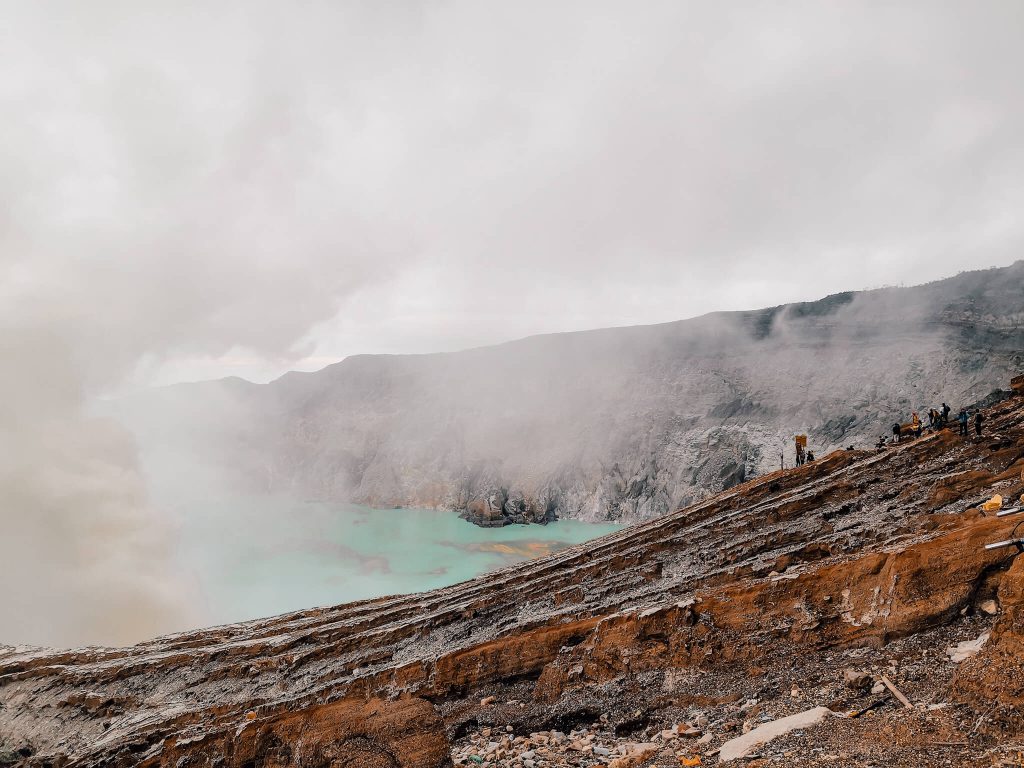From all my travel experiences, one is clearly standing out. And I’m not sure if it’s in a good way. In March 2020, during our three week trip to Indonesia, Xavier and I climbed Kawah Ijen. In this blog, I will tell you about our once in a lifetime experience: climbing the Ijen Crater.
Traveling Indonesia had been on my bucket list for quite a while before it actually became reality. By the time that we booked our flight tickets, my to-do list had become so long, that it was going to be difficult to fit everything in 3 weeks of holidays. We wanted to cover a distance of 2200 km, or about 7 times the length of my country, I just over three weeks. Luckily, Mount Bromo and Kawah Ijen were right on the route, before we would arrive in Bali for some well-deserved relaxation.
On day 10, we took a train from Yogyakarta to Probolinggo, a trip from 8 hours. In Probolinggo, a minivan picked us up and took us to Cemoro village. We checked into our hotel in the early evening, grabbed something to eat and went to bed. The night wasn’t long – at 4 we woke up to go check out the sunrise at Mount Bromo.
It must have been around 8 in the morning when we got back from Bromo. We had exactly two hours to have breakfast and take a shower before we would jump on the minivan again for a full day of travel. Late in the evening, we arrived near the Ijen Crater, which left us with two hours to sleep before we had to wake up again, for climbing the Ijen Crater.
With a group of 8 tourists and our guide, we started climbing Ijen at 3 a.m. The sky was pitch black, and the only light came from our torches. The farther we walked, the quieter it got and the harder it became to breathe. At its highest point, Ijen is 2800m high, oxygen becomes scarce at this hight.

The never ending climb
Physically, I was having a hard time. We had to climb about an hour and a half on a fairly steep path to the top. The intense two days before Ijen didn’t help either. Halfway through the trip, our guide gave us gas masks. We had to put these on because sulfur fumes are constantly coming up from the volcano, which is poisonous.
In the meantime, young Indonesian men regularly passed us. They were carrying tourists on what I can only describe as a sedan chair. This service that was also offered to us at the foot of the mountain for the price of 100,000 rupiah (approx. 6 €). With only a scarf over their mouth to protect them from the toxic gases, these men lugged wealthy Asian tourists up the mountain. They certainly did not complain, but their faces showed that climbing the mountain was not easier for them than for us. I felt like a spoiled European tourist. I did complain, by the way, but only in my head. And I was not carrying 70kg of passengers.
After an hour and a half we arrived on top of the volcano, after which we would descend into the crater. The reason many tourists do this is because blue fire can be seen regularly in the crater.


Going down the crater
I can only describe the descent as one hour in the pitch dark, looking out to not trip and fall almost steeply down into a toxic lake. Of course, there was no path. Everyone was taking the same elephant path. We regularly had to give way to miners who lifted baskets with chunks of sulfur. Once at the top they could sell the sulfur: 1kg of sulfur is worth 1000 rupiah. To give you an idea of the value, the cheapest Coca Cola I’ve seen in Indonesia was 9000 rupiah. In Bali, a Coca Cola costs even 20k.
These men go into the crater twice a day. And all this, to come home at night with a daily wage of less than €10.
If they come home in the evening at all, because their average life expectancy is only 45 years.
Down in the crater, we were surrounded by sulfur gases. There was not much to see of the lake below (because it was still very dark). We were lucky that we were able to see the blue fire. I looked at it and two fellow privileged tourists next to me made a joke. If you want to see blue fire, you might as well look at your gas stove.
I couldn’t blame them. That moment I really wondered what I was doing there. 11,000 km from home, in the crater of a volcano, ‘celebrating’ a holiday surrounded by men who risk their health for a starvation wage, just to get bread on the table.
I think we are going too far in so-called “dark tourism”. We shouldn’t want this at all. In any case, you will never see me climbing the Ijen crater again..!
Do you want to know which places in Indonesia I do recommend? Why not read my other blogs about this beautiful country!
